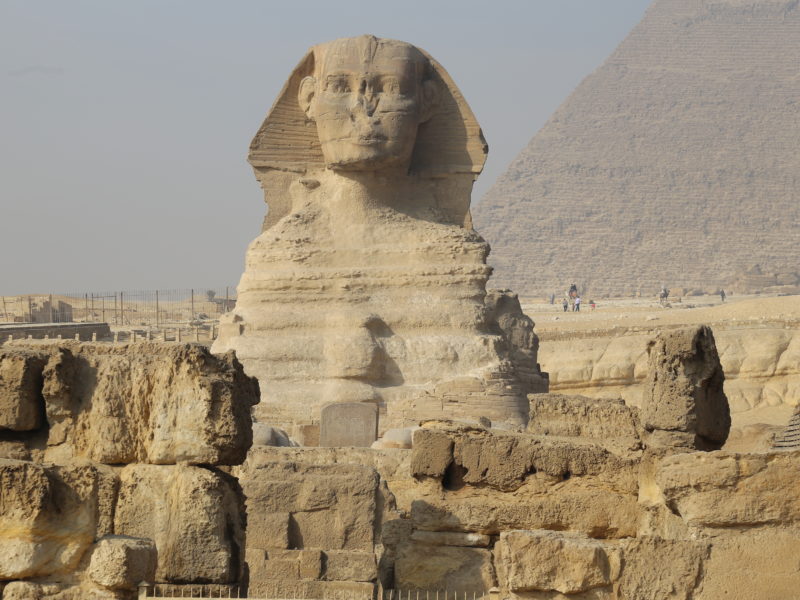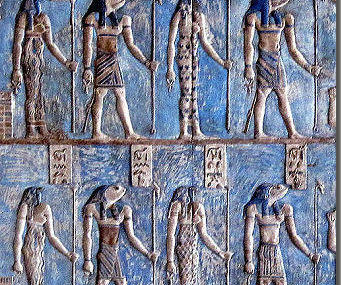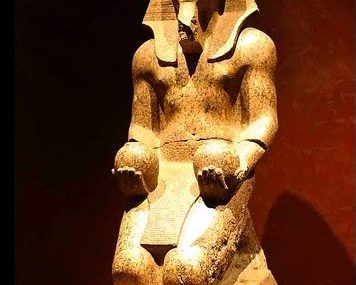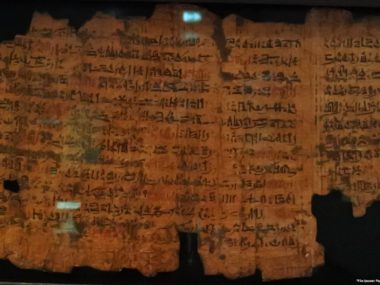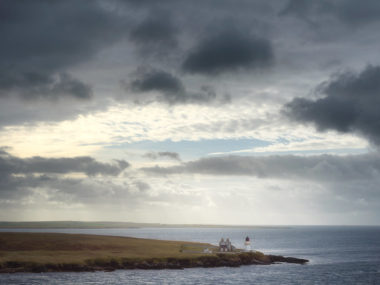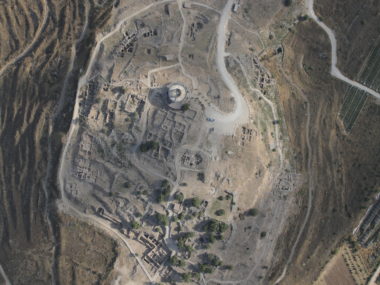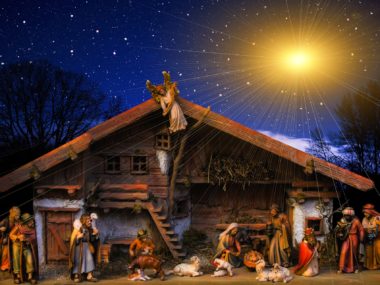Dream Stele
Date: ca. 1424 BC
Discovered: Giza, Egypt
Period: Exodus
Keywords: plagues; pharaoh; Thutmose IV; sphinx; firstborn
Bible Passage: Exodus 12:29
Adapted from: Unearthing the Bible. Copyright © 2020 Titus Kennedy. Published by Harvest House Publishers, Eugene, Oregon 97408. www.harvesthousepublishers.com. The views expressed reflect those of the author, and not necessarily those of New Creation.
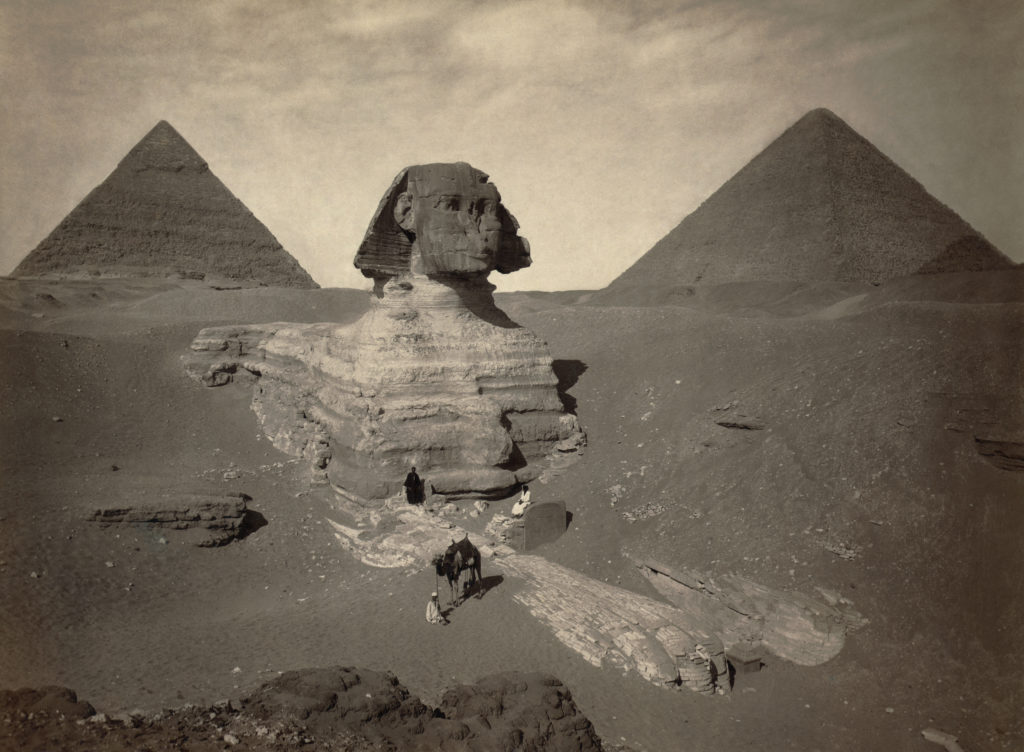
The Sphinx Dream Stele was found set between the paws of the Great Sphinx at Giza when the sands were uncovered and the whole monument was revealed.1 When the Egyptian hieroglyphs were translated, it was found to be a personal yet official text of Pharaoh Thutmose IV, who reigned in the 15th century BC and was the son of Pharaoh Amenhotep II.
An illustrative scene appears at the top of the stele, showing Thutmose IV making an offering to the Great Sphinx. Below, the stone inscription claims that while Thutmose IV was out hunting one day, he rested near the Great Sphinx, fell asleep, and had a dream in which the god of the Sphinx delivered a divine message to him. Allegedly, Thutmose IV was told that if he cleared the sand from around the Sphinx, the kingship would be given to him. A section of the stele translates as “One of those days it came to pass that the king’s son Thutmose came, coursing at the time of midday, and he rested in the shadow of this great god. Sleep seized him at the hour when the sun was in its zenith, and he found the majesty of this revered god speaking with his own mouth, as a father speaks with his son, saying, ‘Behold me, my son, Thutmose. I am your father, Hor-em-akhet-Kheperi-Ra-Atum. I will give to you my kingdom upon earth at the head of the living. You will wear the White Crown and the Red Crown upon the Throne of Geb, the Hereditary Prince. The land will be yours, in its length and in its breath, that which the eye of the All-Lord shines upon…”
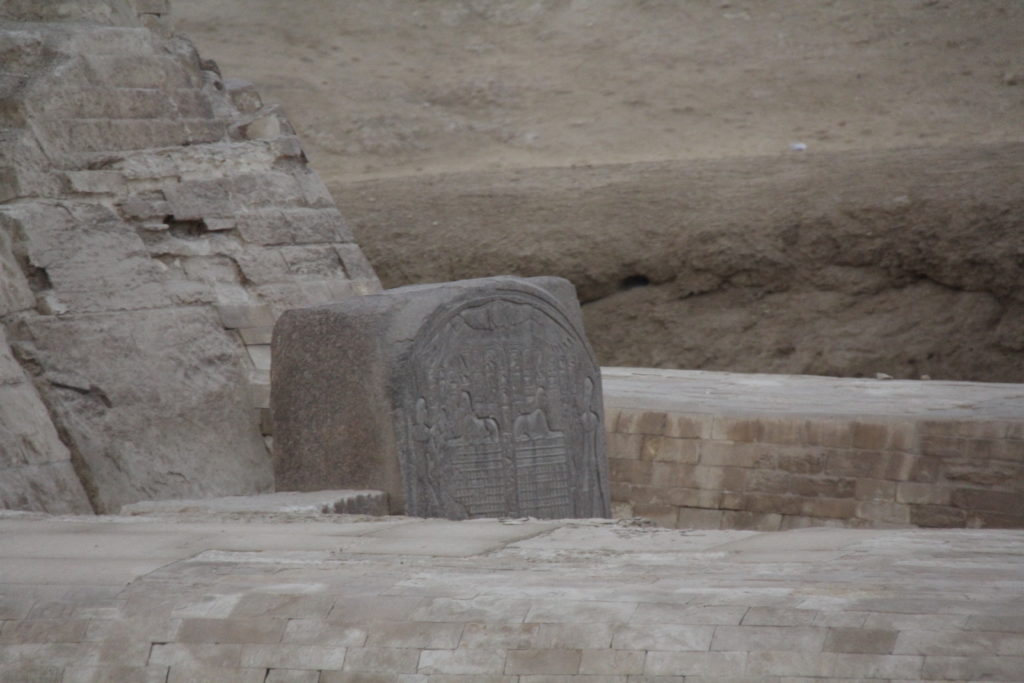
The inscription indicates that Thutmose IV did not have a natural claim to the throne, forcing him to fabricate a divine promise in order to solidify his legitimacy as the next pharaoh. Scholars consider this text to demonstrate that Thutmose IV was not the natural heir to the throne, but the death of his older brother, the firstborn and original heir, allowed him to eventually become pharaoh.
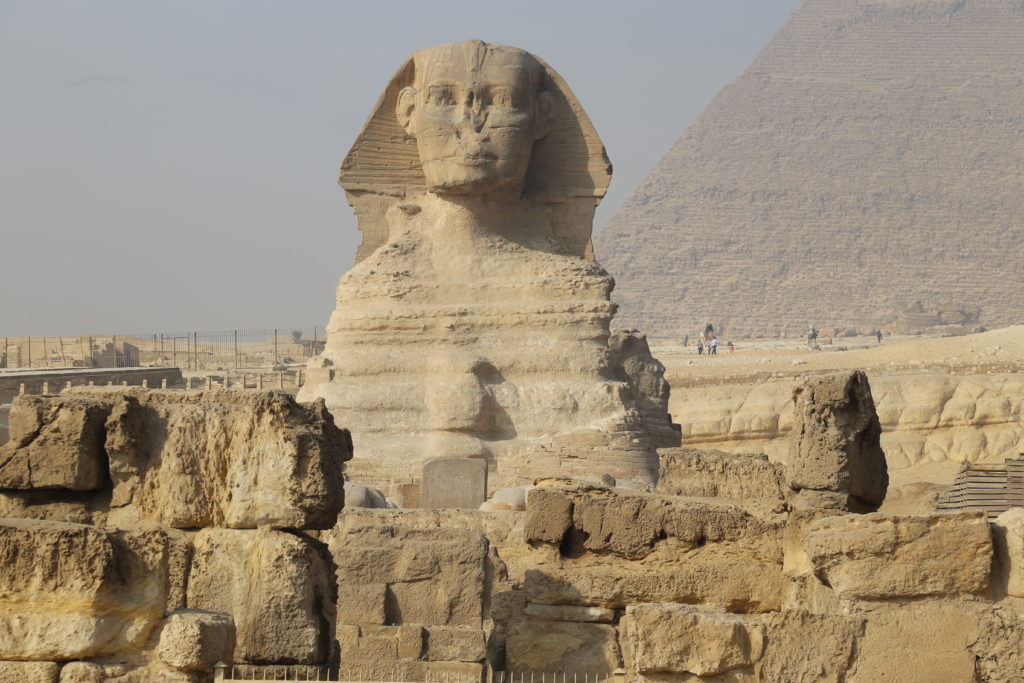
In fact, Thutmose IV had an older brother named Amenhotep who was the heir, but he mysteriously disappeared or died.2 The stele also shows a priest of Ptah with his name erased, which may reflect the change in heir from the eldest son Amenhotep who served as a priest of Ptah, to Thutmose IV who became pharaoh instead. If Amenhotep II was the pharaoh of the Exodus, then his firstborn son and heir Amenhotep would have died during the final plague, meaning that the next son in line would eventually take the throne. This younger brother and second son was Thutmose IV, who appears to have used “divine” propaganda to claim that the gods would grant the kingship to him as successor to his father Amenhotep II. Because he was not the original heir, this divine invocation would make his kingship appear more legitimate to the Egyptians.
[Yahweh] struck all the firstborn in the land of Egypt, from the firstborn of Pharaoh who sat on his throne to the firstborn of the captive who was in the dungeon (Exodus 12:29).
Footnotes
- The stele was carved from granite and is approximately 11.8 feet tall (3.6 m), 7.2 feet wide (2.2 m), and 2.3 feet thick (70 cm). ↩︎
- The son and heir, Amenhotep, was a priest of Ptah according to an administrative papyrus, but he is thought to have died young. However, the specific details of his disappearance are not known from Egytptian documents. ↩︎

